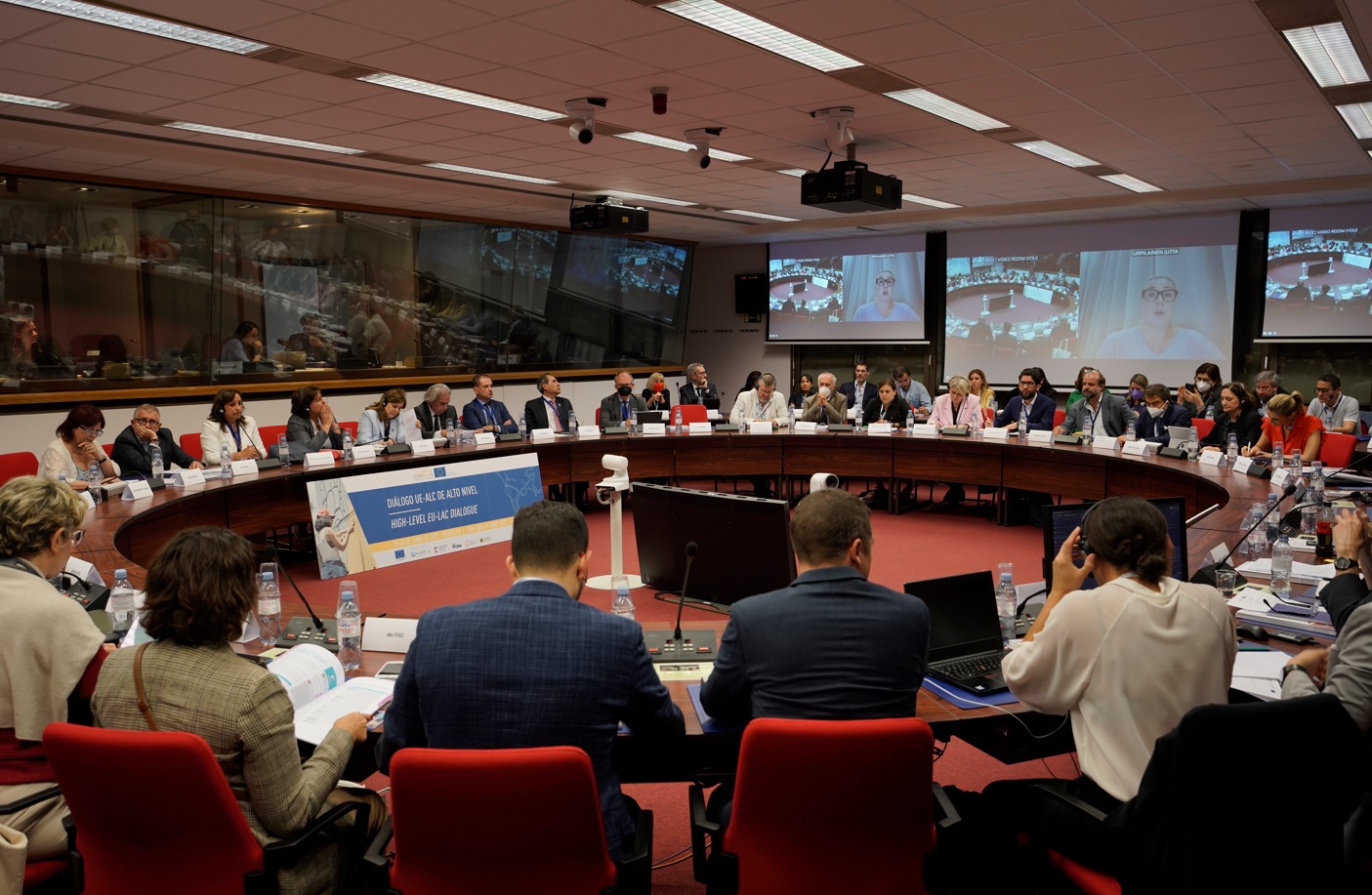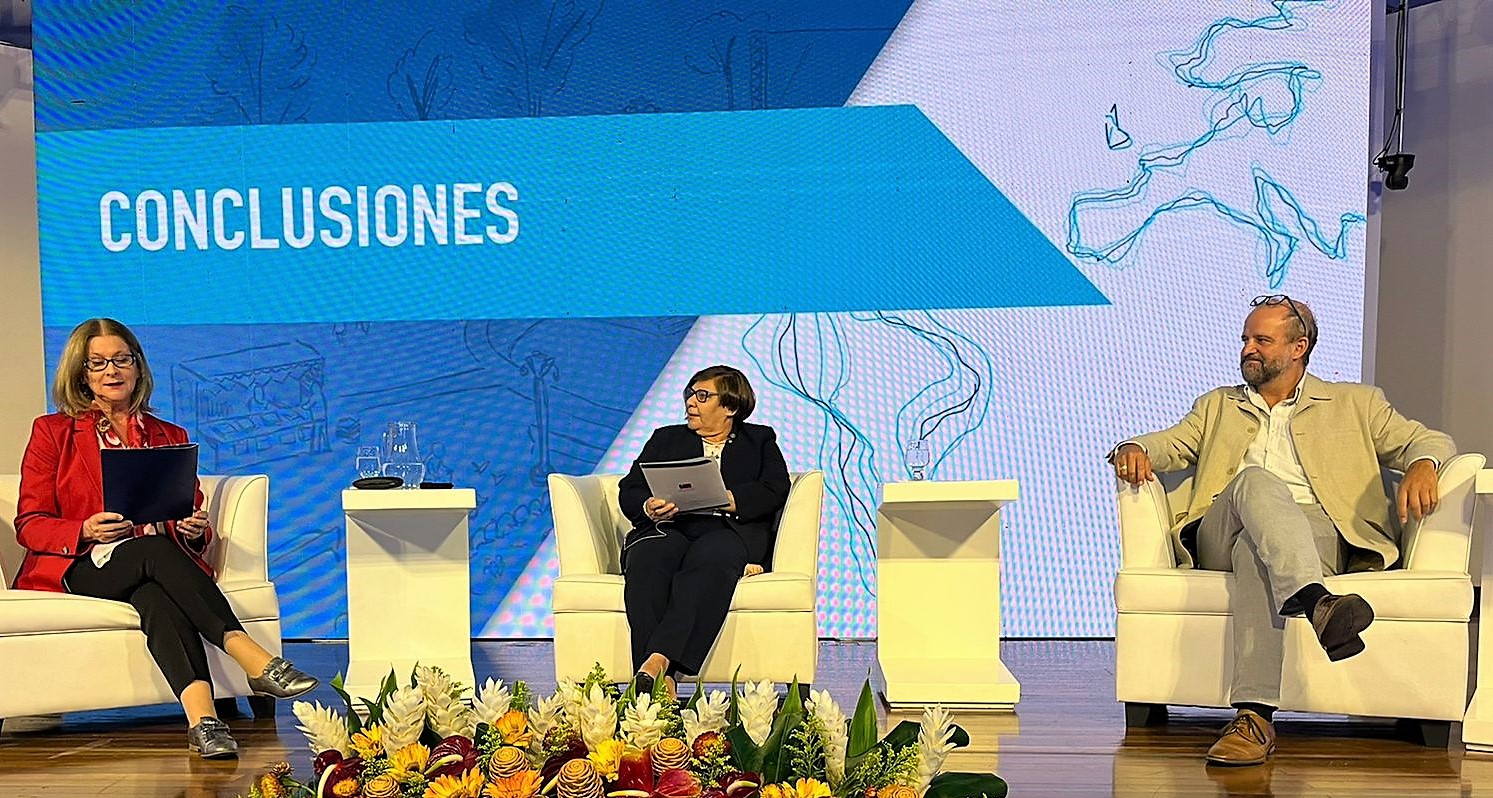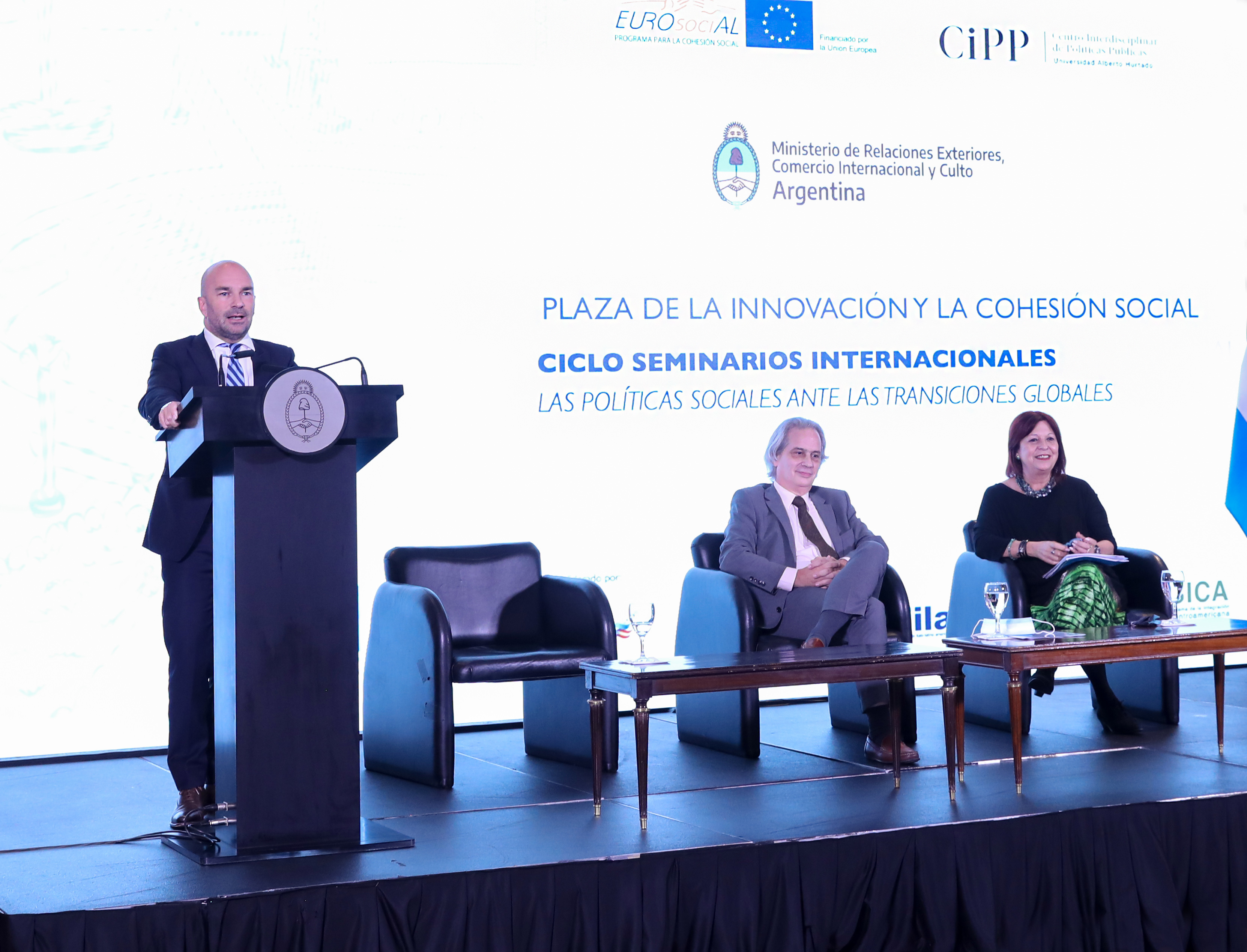The EUROsociAL+ Gender Equality Policies Area has worked alongside Peru’s National Office for Electoral Processes to prepare a diagnosis of the political rights of Peruvian women. Training sessions have also been created on the principles of parity and alternation for political organisations with a view to the forthcoming 2022 Elections.

Photo: Ashim D` Silva
For the first time in the history of Peru, the country saw the highest number (37.7%) of women elected to Congress in the 2021 General Elections. This important step was achieved thanks to the passing of the Electoral Reform Act no. 31030 (2020), which guarantees parity and alternation in the lists of candidates in order to promote equal participation between men and women in the country’s political sphere. Around this mechanism, Peru’s National Office of Electoral Processes prepared a Working Document entitled “Parity and Alternation. the 2021 General Elections – Progress towards parity democracy”. The work undertaken had significant support from the European Union’s EUROsociAL+ Programme, which provided technical assistance to the research through its Gender Equality Policies Area.
The Working Document analyses the progress of the application of parity and alternation in the lists of candidates in the country’s 2021 General Election. The study has been prepared along three main axes. Firstly, the changes that were generated in the internal structure of the political organisations as part of the application of the reform are explored. Secondly, the progress made in the application of the ‘parity and alternation’ political reform in the 2020 Primary Elections and the 2021 General Election is presented. Finally, the experiences of women candidates in the 2021 Primary Elections and in the 2021 General Election are examined. This work is of great aid to Peru as it provides a national overview of the political participation of Peruvian women through the analysis of the electoral process in 2021 with a focus on the application of the electoral reform.
Results
Although the study reflected the historically high female representation of 37.7% in the country’s 2021 Congressional election, it also demonstrates the low participation of women in politics from a parity democracy perspective. The challenge of moving toward gender equality in politics is being tackled in order to build a fair, equal and representative democracy in Peru’s political system. In relation to the above, the research reflects other important results that show gender gaps in Peruvian politics that hinder the full political participation of women. Some of the changes to the internal structures of the political organisations stemming from the review and analysis of the electoral statutes and regulations around electoral reform are highlighted.
– In the organisational dimension, a follow-up was carried out focusing on the women’s secretariats and spaces for the attention to and prevention and/or punishment of political harassment in the statutes. It is recognised that since before the approval of parity and alternation, the majority (nine out of ten) of the organisations include a women’s secretariat in their organisational structure, although only four of them detail their attributions or functions.
– Although the statutes of all political organisations regulate the existence of spaces responsible for disciplinary processes and have a classification of offences (minor, serious or very serious), none of them contain the explicit mention of political harassment.
– When analysing the electoral dimension, (…) it is recognised that the changes arising from the application of parity and alternation fundamentally occur in electoral regulations and not in the statutes, as the organisations had to present their regulations within the framework of the 2021 General Election.
– In the case of party leadership candidates, the statute of only one organisation (10%) refers to applying parity and alternation, while in their electoral regulations three (30%) establish the use of this mechanism.
– For candidates for popularly elected positions, the statute of only one organisation (10%) refers to applying parity and alternation, while seven (70%) do so in their regulations.
In relation to the previous results, the research highlights the need for democratisation within political parties from a parity democracy perspective, which allow their structures to be strengthened in terms of justice and gender equality, ensuring in turn the full participation and representation of women without any discrimination.
The working document then suggests some conclusions regarding the analysis of the data of the 2020 Primary Elections and the 2021 General Election in terms of the application of parity and alternation, including the following:
– The limited percentage of women who head candidate lists is an indicator that makes it possible to measure the gap in the political participation of women in the drawing up thereof with parity and alternation. Men headed the presidential lists in the 2020 Primary Elections in 80% of cases while the figure for women was only 20%. In the 2020 Congressional Primaries, the average percentage of lists headed by women was only 20.5%. The situation was worse in the case of the Andean Parliament, where only one of the ten lists was headed by a woman.
– The ten parties in the 2021 General Election complied with applying parity and alternation in their lists of candidates; however, only 20% of the presidential tickets were headed by women. In the case of the lists of the Congress and the Andean Parliament, 22.4% and 20% respectively were led by women.
– In relation to the results of the 2021 General Election, one woman went to the second round. The representation of women in the Congress of the Republic stood at 37.7%. In the case of the Andean Parliament, of the five seats, only one is occupied by a woman.
The results presented in the investigation show that the application of the electoral reform led to a greater female participation in the lists of candidates. However, the electoral results do not reflect this. The need to promote horizontal parity is therefore clear, in order to guarantee not only the participation of women in politics, but also that each woman has the possibility of exercising her right to be elected.
Finally, for the third phase of the investigation, the results are detailed in relation to the experiences of women Congressional candidates in the 2021 General Election. The following was highlighted:
– With parity and alternation as a mechanism that leads to a greater participation of women in politics and that disrupts the intra-party dynamics of candidate selection, there were experiences of political harassment linked to this political reform.
– Political harassment was experienced by the candidates interviewed, both directly and indirectly. Most of them testified to internal party harassment, from the drawing up of the internal election lists to the electoral campaign period of the 2021 General Election. During the electoral campaign – which mainly took place in virtual spaces due to the health context – social media was the main channel of political harassment, violating the political rights of women candidates.
– In relation to dealing with and preventing political harassment within the parties, the difficulties faced and the few incentives to denounce it were highlighted. This is mainly due to the time involved in the complaint process, the exposure that making the act of harassment visible entails and/or the fear of losing ties with the organisation.
– Although the experiences of women candidates illustrate the challenges of applying parity and alternation in the list of candidates and its limitations, it is recognised that it is a necessary step. However, it is not sufficient if we are to achieve substantive representativeness of women in Peru’s political life.
Based on the above results, the research highlights that political harassment of women hinders their full participation in politics. Power relations prevail in the Peruvian political system, limiting the guarantee of fair and equitable participation in electoral processes both within and outside political organisations.
The electoral reform that guarantees the application of parity and alternation in candidacies has made it possible to evaluate the internal dynamics of political organisations and the electoral results of the 2021 General Election, anticipating the challenges that still persist in Peruvian democracy. The research is therefore a very important for Peru’s democracy as it shows challenges that need to be addressed in order to continue contributing to the strengthening of its democratic governance from a parity perspective that promotes substantive equality in its political system.
[1] It should be noted that the percentage of lists headed by women in the case of the Congress of the Republic is an average.



